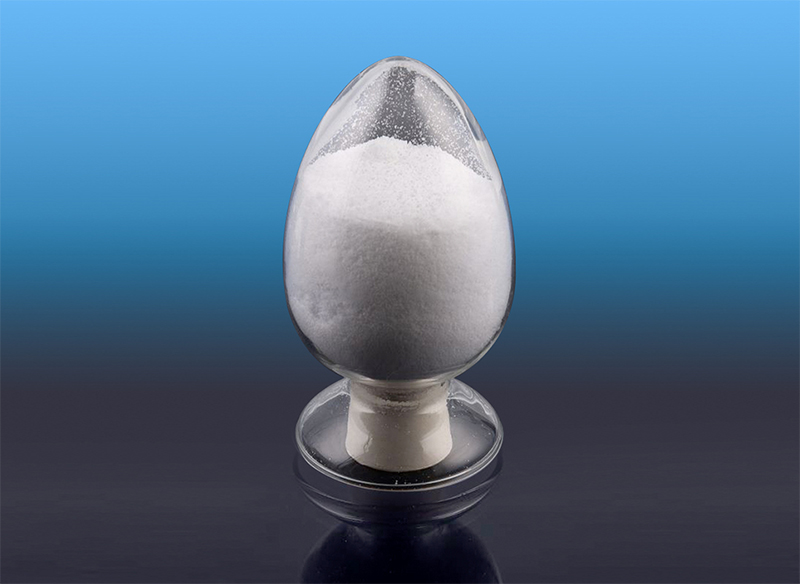What are the key factors influencing the abrasion resistance of oil-free TPEs?
The abrasion resistance of oil-free thermoplastic elastomers (TPEs) is influenced by a variety of factors, including their chemical composition, mechanical properties, processing conditions, and the nature of the environment in which they are used. Understanding these factors can help in selecting or engineering TPEs with optimal abrasion resistance for specific applications. Here are the key factors:
Chemical Composition
Polymer Matrix: The base polymer significantly affects abrasion resistance. For example, TPEs based on styrenic block copolymers (SBCs) or thermoplastic polyurethanes (TPUs) often exhibit good abrasion resistance.
Molecular Weight: Higher molecular weight polymers generally provide better abrasion resistance due to their improved mechanical strength and toughness.
Cross-Linking: The degree of cross-linking within the polymer matrix can enhance resistance to abrasion by creating a more robust network that resists wear.
Filler and Additive Content
Reinforcing Fillers: Fillers such as carbon black, silica, or nano-fillers can significantly improve abrasion resistance by increasing the material’s hardness and toughness.
Lubricants: Additives like PTFE (polytetrafluoroethylene) can reduce friction, thereby decreasing wear and enhancing abrasion resistance.
Plasticizers: While oil-free TPEs do not use traditional oil-based plasticizers, the presence of other non-migratory plasticizers or internal plasticizers can influence the flexibility and, indirectly, the abrasion resistance.
Mechanical Properties
Hardness: Generally, harder TPEs tend to exhibit better abrasion resistance. However, too high hardness can lead to brittleness, which may adversely affect durability.
Tensile Strength: High tensile strength provides resistance to tearing and deformation under abrasive conditions, which helps in maintaining the integrity of the material.
Elastic Modulus: A higher elastic modulus can improve the material’s ability to resist deformation under abrasive forces.
Microstructure and Morphology
Phase Separation: TPEs often have a microphase-separated structure, where hard and soft segments create a balanced material that resists wear while maintaining flexibility.
Crystallinity: Semi-crystalline TPEs, such as those based on certain polyurethanes, tend to have better abrasion resistance due to the crystalline regions providing a tougher structure.
Surface Roughness: Smoother surfaces tend to have lower friction and, consequently, lower abrasion rates compared to rougher surfaces.
Environmental and Operational Conditions
Temperature: Elevated temperatures can soften TPEs, reducing their abrasion resistance. Conversely, low temperatures can make them more brittle and susceptible to wear.
Chemical Exposure: Chemicals can degrade the polymer matrix, reducing its resistance to abrasion. Oil-free TPEs are often chosen for their superior chemical resistance compared to oil-containing TPEs.
Moisture and Humidity: Water absorption can alter the mechanical properties of TPEs, influencing their abrasion resistance. Some TPEs are designed to be hydrophobic to counteract this effect.
Processing Conditions
Processing Temperature: The processing temperature during manufacturing affects the material's microstructure and crystallinity, which in turn impacts abrasion resistance.
Cooling Rate: Rapid cooling can lead to a finer microstructure, which may enhance abrasion resistance by making the material tougher and less prone to wear.
Molding Pressure: Higher molding pressures can improve the density and reduce the porosity of TPEs, leading to better abrasion resistance.
Wear Mechanisms
Type of Abrasion: Different types of abrasion (e.g., sliding, rolling, or impact) affect TPEs differently. Oil-free TPEs need to be evaluated based on the specific type of abrasion they will encounter.
Abrading Surface: The roughness and hardness of the surface in contact with the TPE play a crucial role. Harder and more abrasive surfaces increase wear on the TPE.

Design and Application Factors
Part Geometry: The shape and design of the TPE component can influence how forces are distributed across the surface, affecting wear rates.
Load and Stress Distribution: The distribution of mechanical loads on the TPE part can impact wear. Uniform load distribution helps in reducing localized wear and enhancing overall abrasion resistance.
Frequency of Use: High-frequency applications may lead to accelerated wear, requiring TPEs with enhanced durability and abrasion resistance.
Surface Treatments and Modifications
Surface Coatings: Applying protective coatings can enhance abrasion resistance by reducing friction and wear.
Texturization: Surface texturization or treatments like plasma treatment can improve abrasion resistance by modifying the surface properties.
By optimizing these factors, oil-free TPEs can be engineered to meet the demanding requirements of applications where high abrasion resistance is critical.





